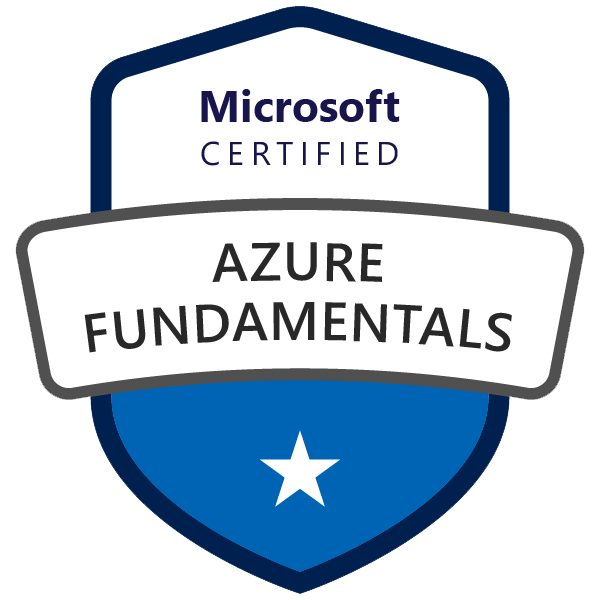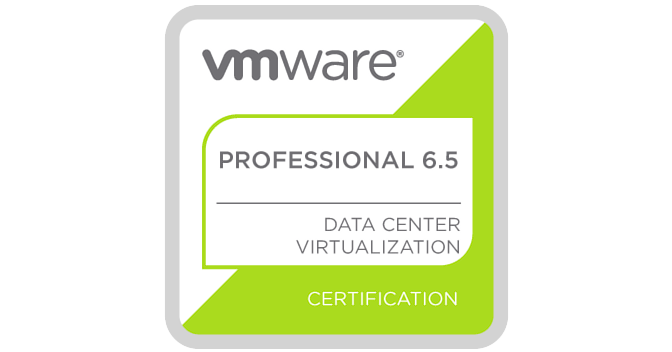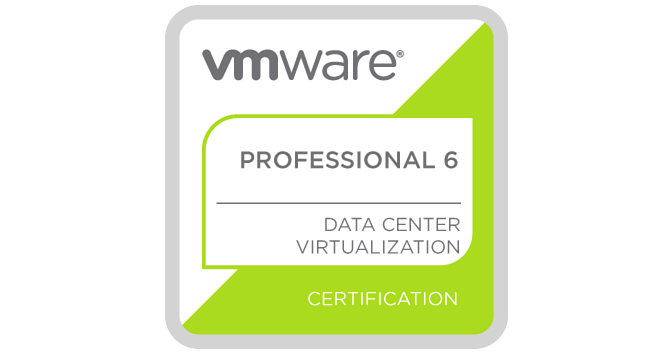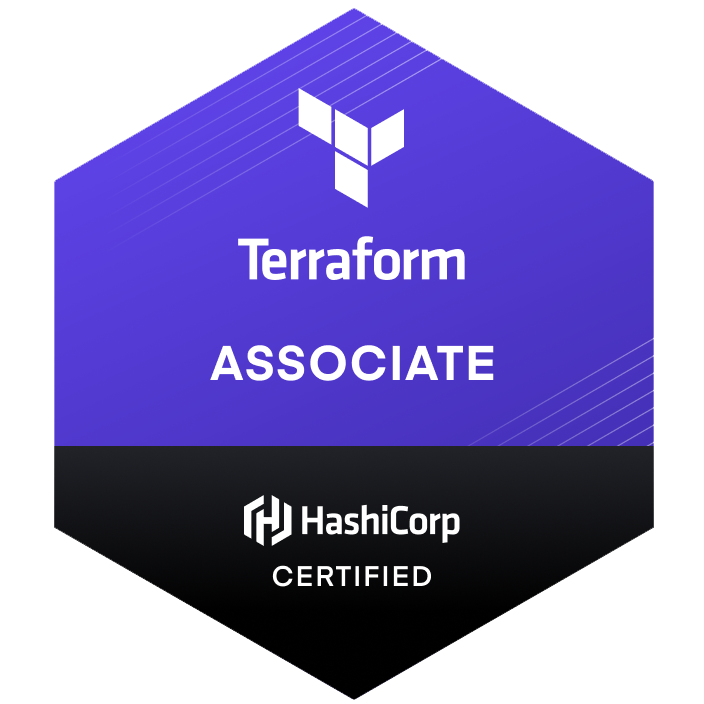
Bicep vs Terraform: Comparing Pros and Cons for Your Organization
When it comes to managing Azure infrastructure, Infrastructure-as-Code (IaC) tools like Bicep and Terraform have become increasingly popular for their ability to streamline deployment and management processes. Both tools offer unique advantages and cater to different use cases. In this detailed comparison, we'll examine Bicep and Terraform in terms of their features, benefits, and limitations to help you make an informed decision when choosing the right IaC tool for your Azure infrastructure management needs.
Bicep
Bicep is an open-source, domain-specific language (DSL) developed by Microsoft specifically for Azure resource deployment. Designed as a more user-friendly alternative to Azure Resource Manager (ARM) templates, Bicep simplifies infrastructure management with its clean syntax and native integration with Azure.
Key Features of Bicep
- Azure-native: Designed and maintained by Microsoft, Bicep offers tight integration with Azure services and resources.
- Simplified syntax: Bicep's easy-to-read syntax makes it more approachable for developers and reduces the complexity of writing and maintaining IaC code.
- Direct compilation to ARM templates: Bicep code compiles down to ARM templates, ensuring compatibility with existing Azure deployment processes.
Benefits of Bicep
- Streamlined Azure deployments: Bicep's native integration with Azure simplifies resource deployment and management.
- Lower learning curve: Bicep's straightforward syntax and focus on Azure make it easier for developers to learn and adopt.
- Integration with Azure tooling: Bicep works seamlessly with existing Azure tools, such as Azure CLI, Azure PowerShell, and Azure DevOps.
Limitations of Bicep
- Azure-specific: Bicep is tailored to Azure, making it less suitable for multi-cloud or hybrid infrastructure deployments.
- Less mature: As a relatively new language, Bicep may lack some features and community support compared to more established IaC tools.
Terraform advantages and disadvantages
Terraform, a product of HashiCorp, stands out in the Infrastructure-as-Code (IaC) landscape due to its comprehensive and flexible approach to infrastructure management across various cloud platforms, including Azure.
Key Characteristics of Terraform:
-
Extensive Multi-Cloud Support:
- Terraform's broad compatibility with numerous cloud providers is a significant asset for organizations with a diversified cloud strategy.
- It allows for consistent management of various cloud environments, including public, private, and hybrid clouds.
- This cross-platform compatibility ensures that enterprises can leverage the same tooling and processes across different cloud vendors, thereby reducing the complexity and overhead associated with using multiple IaC tools.
-
Declarative Language (HCL):
- HashiCorp Configuration Language (HCL) is a user-friendly, declarative language used by Terraform.
- HCL allows for the specification of the final desired state of the cloud infrastructure rather than the steps to achieve it. This approach abstracts the complexity involved in the provisioning and management of resources.
- The declarative nature of HCL simplifies understanding and maintaining infrastructure code, especially in large-scale environments.
-
Modularity and Reusability:
- Terraform's design encourages modular infrastructure coding, promoting the creation of reusable components.
- These modules can be used across different projects and teams, ensuring consistency and reducing duplication of effort.
- The modular approach also facilitates easier updates and scalability, as changes can be made in a centralized manner and propagated across all implementations.
Limitations of Terraform:
-
Less Azure-Specific Integration:
- While Terraform effectively supports Azure, its broad focus across multiple cloud providers means that it may not offer as deep integration or specialized optimizations for Azure-specific features compared to Bicep.
- Certain Azure-centric configurations and services might require more customization or workaround in Terraform, potentially increasing the complexity for Azure-focused deployments.
-
Learning Curve:
- Terraform's extensive capabilities and support for a wide range of cloud environments translate to a more complex learning curve.
- For teams primarily focused on Azure, understanding and effectively utilizing Terraform's full potential across different clouds can be more challenging.
- The broad feature set and the need to understand the specifics of multiple cloud environments require a more comprehensive understanding, which might necessitate additional training and time investment.
Additional Considerations:
- State Management and Scalability: Terraform's approach to state management, where it keeps track of the state of managed resources, is both a strength and a complexity. It allows Terraform to effectively manage and update resources but requires careful handling, especially in large-scale and team-based environments.
- Community and Ecosystem: Terraform benefits from a large and active community. This community support translates into a wealth of plugins, modules, and third-party tools, enhancing Terraform's capabilities and easing its integration into various workflows.
- Continuous Development and Innovation: HashiCorp's active development of Terraform ensures regular updates, feature enhancements, and security improvements, which is vital in the fast-evolving cloud infrastructure domain.
Bicep vs. Terraform: Which One is Right for You?
When deciding between Bicep and Terraform for your Azure infrastructure management needs, consider the following factors:
Azure Focus
If your organization is primarily using Azure and you're looking for a tool with native Azure integration and a simplified syntax, Bicep is the ideal choice.
Multi-Cloud and Hybrid Deployments
For organizations with multi-cloud or hybrid infrastructure, Terraform's extensive support for various cloud providers offers the flexibility and consistency needed for managing complex deployments.
Maturity and Community Support
Terraform's mature ecosystem and large community provide an extensive range of resources, modules, and support. However, Bicep's growing adoption and backing from Microsoft ensure continuous improvements and increasing community support.
Learning Curve
Bicep's straightforward syntax and Azure-centric approach make it easier to learn for developers already familiar with Azure. Terraform may require more time to learn due to its multi-cloud capabilities and broader feature set.
Conclusion
Both Bicep and Terraform offer powerful solutions for Azure infrastructure management, with each tool catering to specific use cases and requirements. Bicep is an excellent choice for organizations focused on Azure, while Terraform is better suited for multi-cloud or hybrid deployments. By carefully considering the factors mentioned above, you can choose the right IaC tool that aligns with your organization's needs and infrastructure management goals.
















